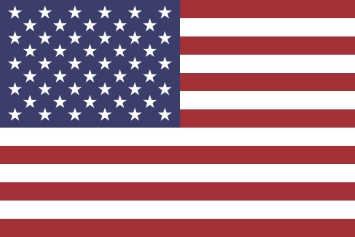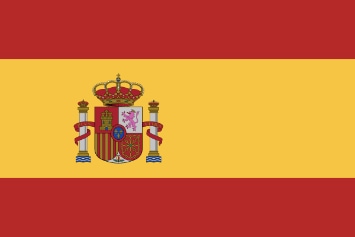September 16, 2021
Keeping Up With Consumer Demand
Anticipating Needs for Dry January and Beyond
Over the last several years, the alcohol industry has seen an overall reduction in consumption of alcoholic beverages. From health to budgets, the reasons for the reduction are varied, but the bottom line is that beverage companies must understand the trends and think ahead about future product needs and demand, so that they can meet production timelines and be a part of the ongoing conversation.
One trend that has been increasing in popularity is Dry January, which is a public health campaign encouraging people to abstain from drinking alcohol for the month of January. Started in England around 2012, this trend has expanded to the US and millions of people take part each year in hopes of reducing their hangovers, improving their health and saving some money. This obviously has caused the alcohol industry some concern.
As consumers continue to scrutinize what is being put in their bodies, brands must continue to innovate to stay relevant. This is especially true with younger consumers. 56% of millennials consider themselves to be mindful drinkers compared to 37% of baby boomers (source). In one study, 57% of 21 to 34 year old regular wine drinkers in the US reported actively reducing the amount of alcohol they drank in 2019. For wine drinkers aged 55 and above, this was 26% (source). Whether it is a low or no alcohol alternative, many companies are launching products that diversify their portfolio to meet the growing needs of their consumer base, to reduce the risk of attrition.
An increase in product availability and improved flavoring along with liquor bans and strict driving regulations are factors helping to increase demand over the coming years. Many wine and beer manufacturers are looking at dealcoholization technology, like that offered by BevZero, as a way to reduce the volume of alcohol in their current product portfolio. 58% of consumers are drinking more nonalcoholic beverages than last year according to IWSR consumer research, so not only do consumers want low or no alcohol options, they also want better choices.
As beverage companies forecast future demand, being able to identify and react quickly to market trends will be critical in not only meeting consumer demand as it shifts, but also being able to modify the product portfolio to retain customers with changing or multiple needs even if it means offering significantly more low or nonalcoholic alternatives.
Need help thinking through your new strategy or ways to bring a lo/no alcohol product to market? Contact us today to schedule an introductory call.



